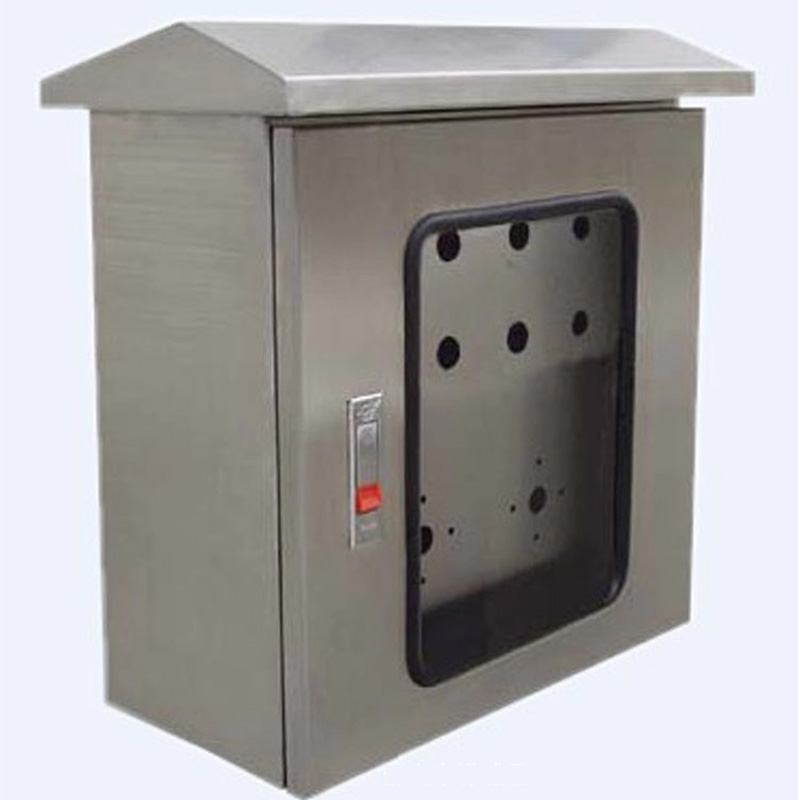
Ever struggled with off-the-shelf enclosures that just don’t fit? You’re not alone. Custom sheet metal enclosures solve critical design challenges in electronics, industrial equipment, and telecom. Here’s how to leverage them effectively.
Mass-produced boxes often force design compromises. Think poor heat dissipation, awkward component placement, or insufficient durability. Actually, 42% of engineers report modifying standard enclosures, wasting time and resources . Custom solutions eliminate these pain points.
Not all metals perform equally. Consider these common options:
| Material | Best For | Cost Efficiency | Key Limitation |
|---|---|---|---|
| Aluminum | Lightweight applications, EMI shielding | High (easy machining) | Lower strength vs steel |
| Stainless Steel | Harsh environments, medical devices | Medium (durability pays off) | Higher material cost |
| Cold-Rolled Steel | Industrial equipment, cost-sensitive builds | Very High | Requires corrosion coating |
Thicker isn’t always better. Oversizing increases weight and cost unnecessarily. Conversely, undersizing risks structural failure. Our team’s 2025 project for drone controllers used 1.5mm aluminum – optimal for strength-to-weight ratio.
Follow this roadmap for flawless custom sheet metal enclosures:
Interestingly, modular designs can reduce unit costs by 15-30% . For example, using standardized panel sizes with custom cutouts slashes CNC programming time. Another trick? Specify powder coating colors from your vendor’s standard palette – custom hues add 20%+.
Looking for reliable custom sheet metal enclosures? Partner with experts who understand DFM principles.
We redesigned a biosensor enclosure in 2024. The original plastic housing caused overheating (components hit 85°C!). Our solution:
Result? Temperatures dropped 22°C and production costs fell 18% versus outsourced plastic molding.